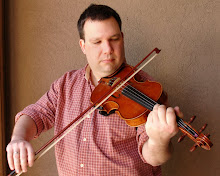 |
| The Front Room |
 |
| The Front Studio |
The back room studio is used mainly for making and messier tasks that create a lot of shavings. The benches are made from solid core doors (they weigh about 150 lbs each)bolted to the wall and supported by wood cabinets (they don't wobble). I added a 10cm poplar apron and 2 vises- a maple front vise (I'm left handed) and an aluminum Swiss Vise (love it!). An old chest of drawers holds large tools and vises.
 |
| My Back Violin Making Studio |
I keep all my power tools in the basement. I have a table saw, band saw, drill press, oscillating sander, disk sander and several grinders, including a Tormek. I mainly use these to make tools and jigs. The bandsaw is the only power tool I use for actually making my violins. I keep the power tools in the basement for the room and mess, but also I feel that having them in the main studio gives my customers the wrong impression about what I do, since they are mostly used for general woodworking, plus they make a mess and are noisy.
I believe there is a certain amount of theatre in every profession's workspace. Customers feel more comfortable when the studio looks what they imagine a violin maker's workshop is "supposed" to look like. It gives them a clue that I know what I am doing. I also believe that my own pyche is influenced by the feel of the space in the same way, affecting my work for the better. My used to be an architect, so I like the idea of the studio resembling an architect's workspace.
 |
| Violin Making Museum - Mittenwald, Germany |

